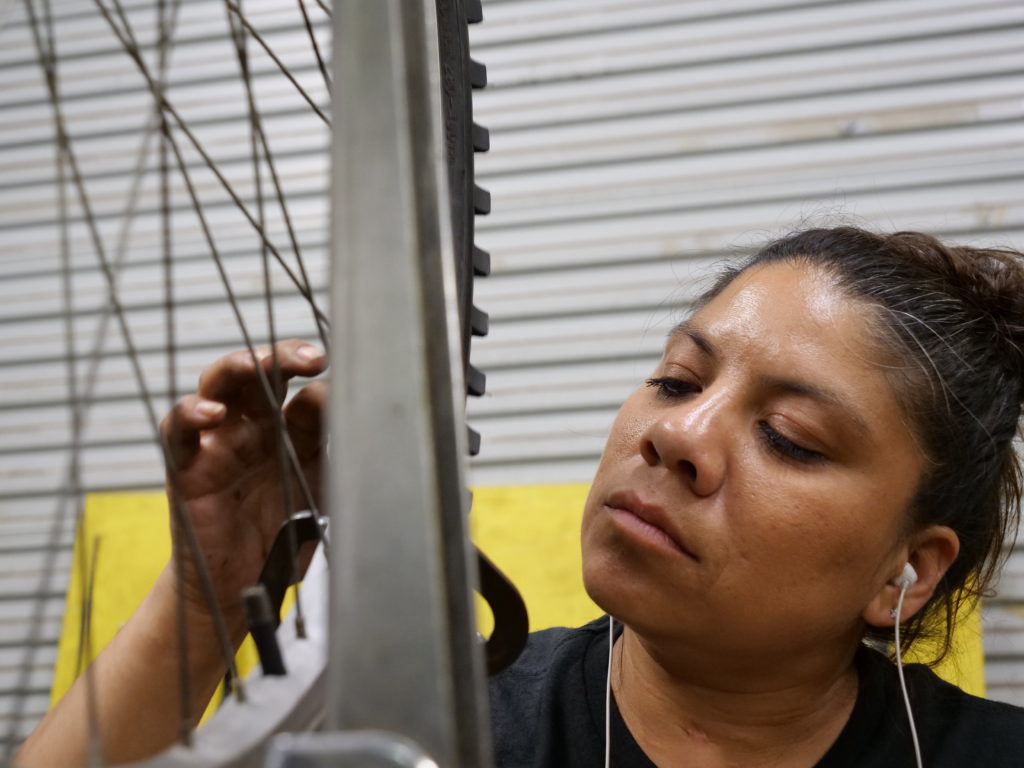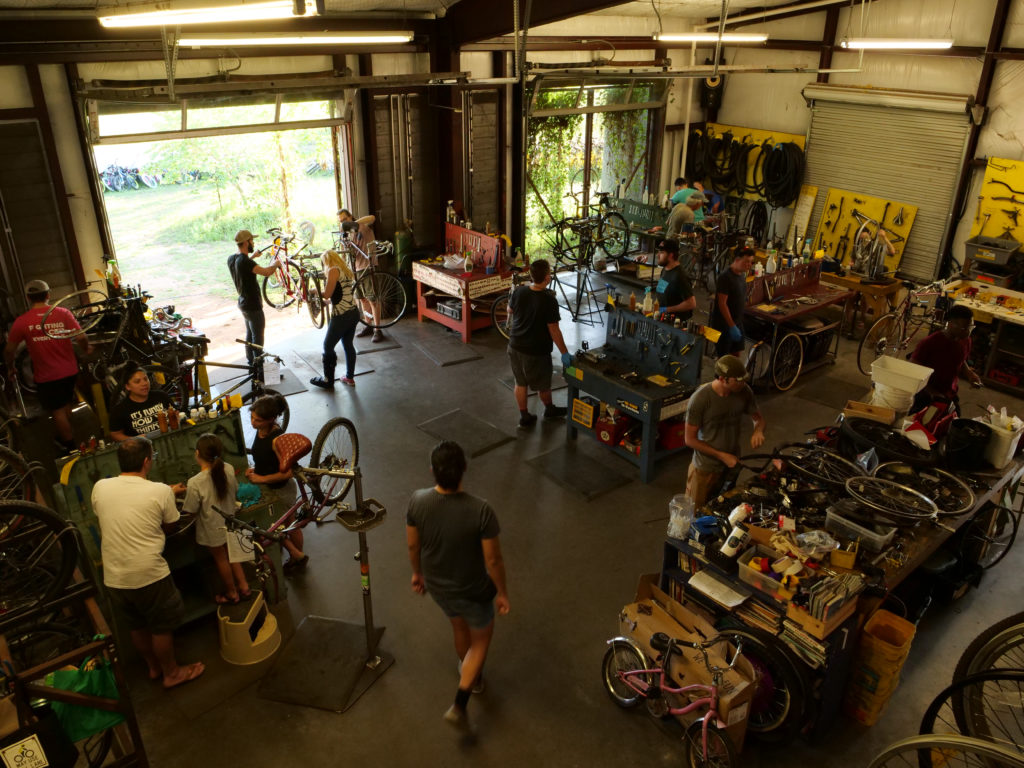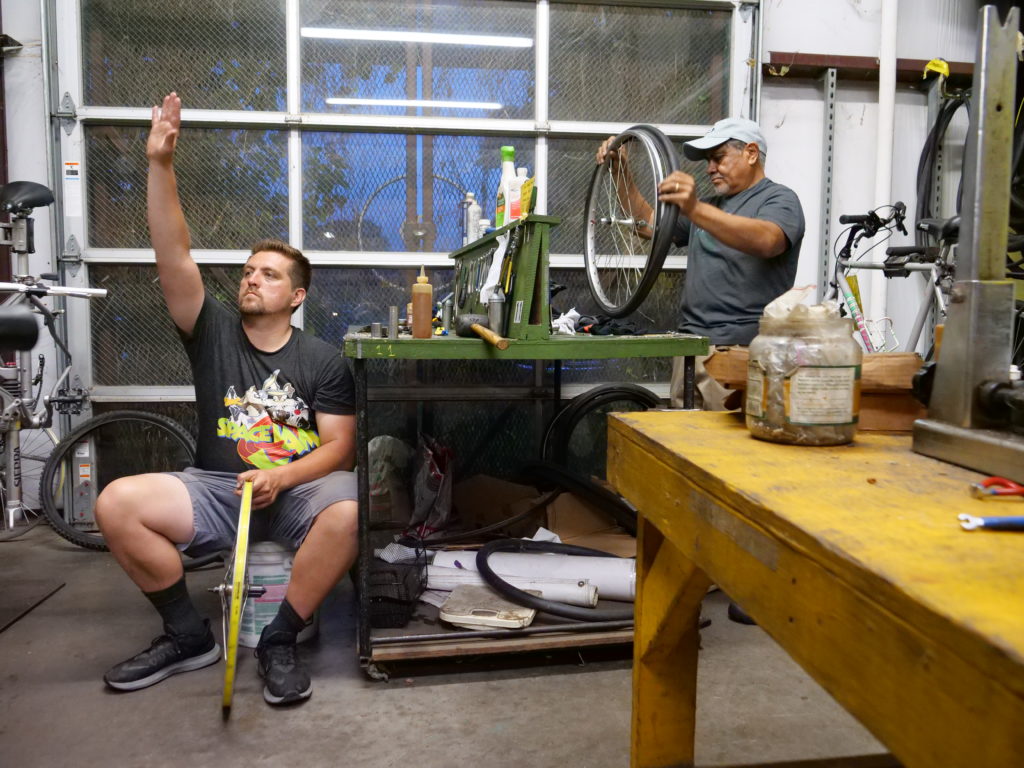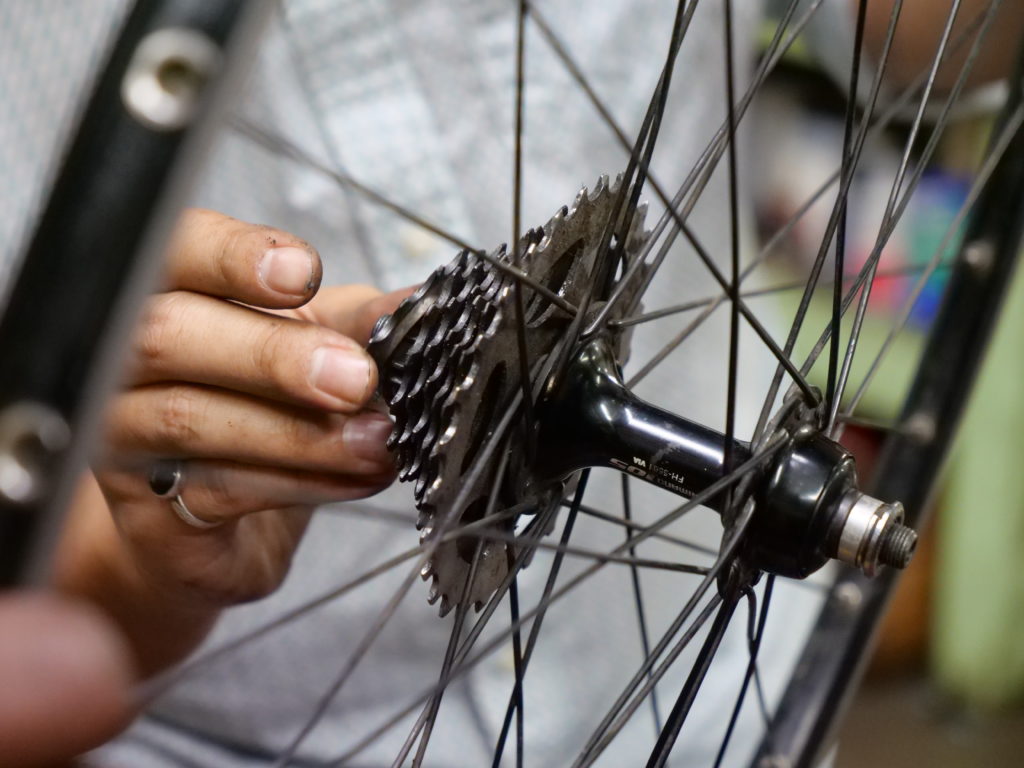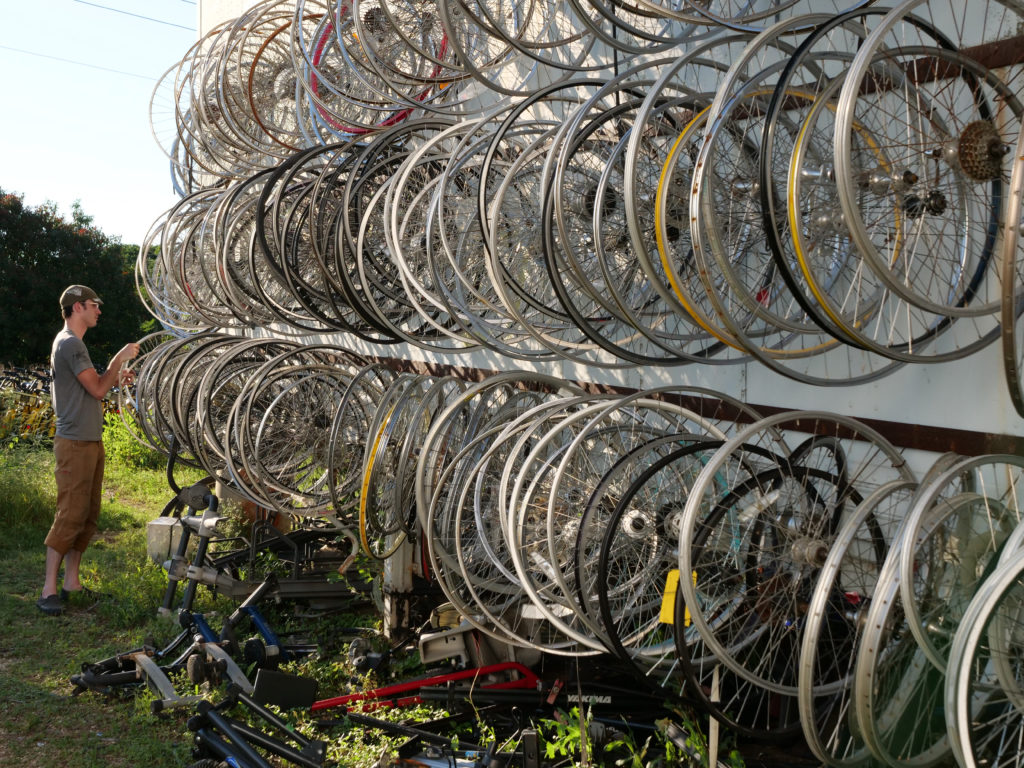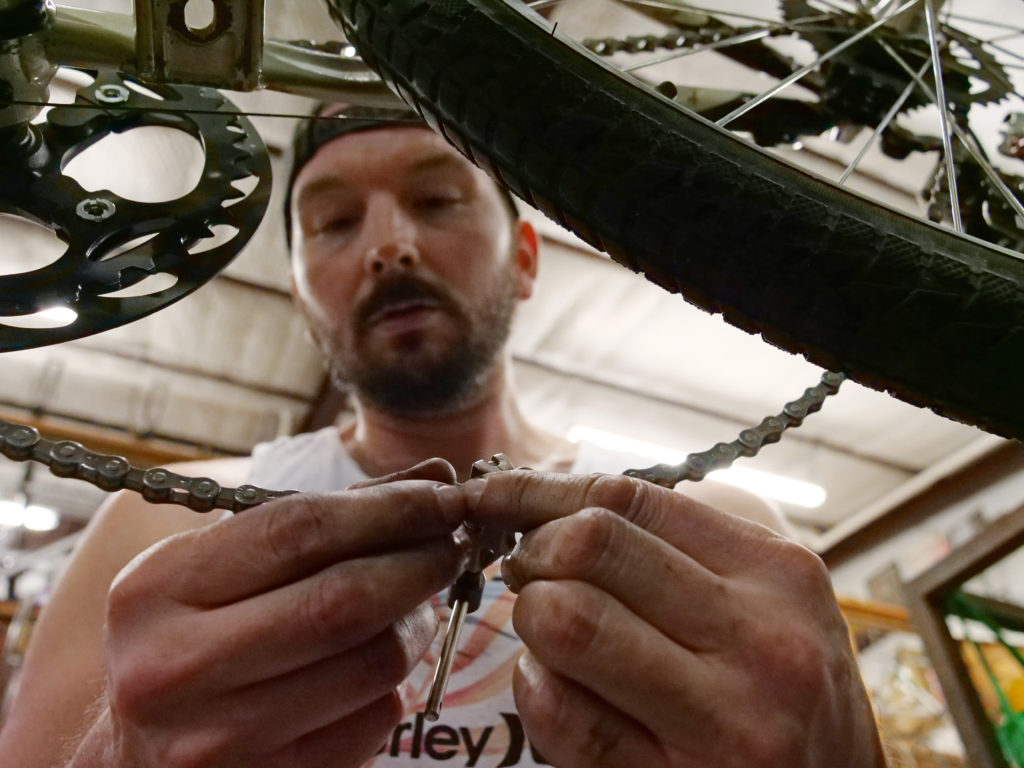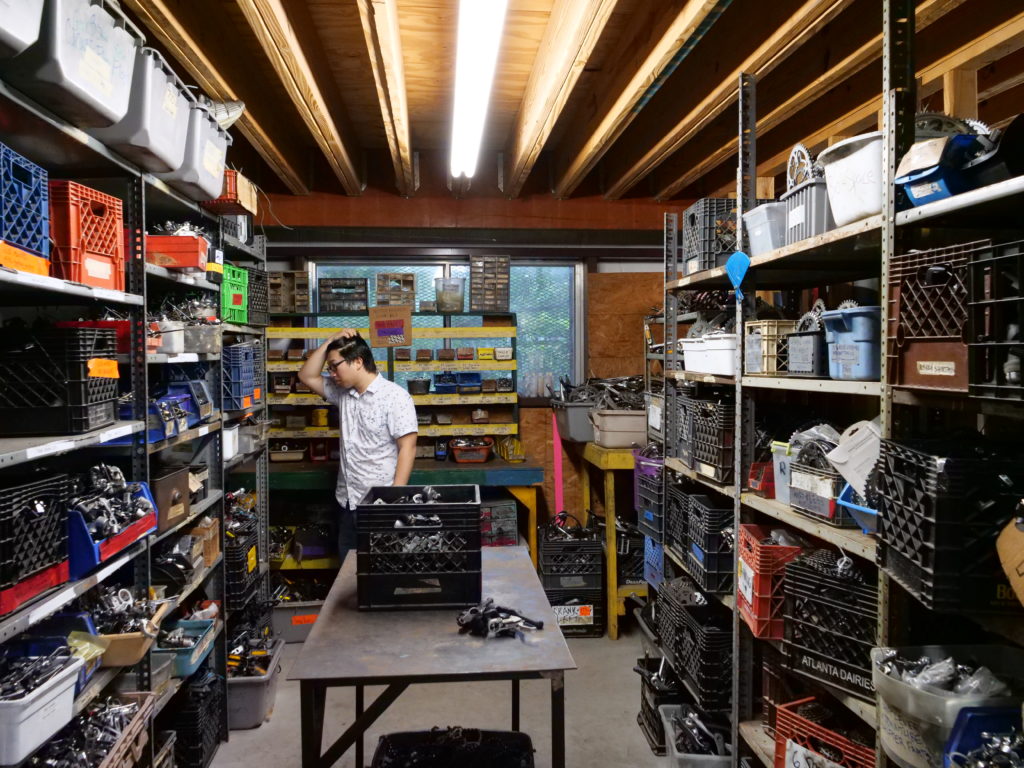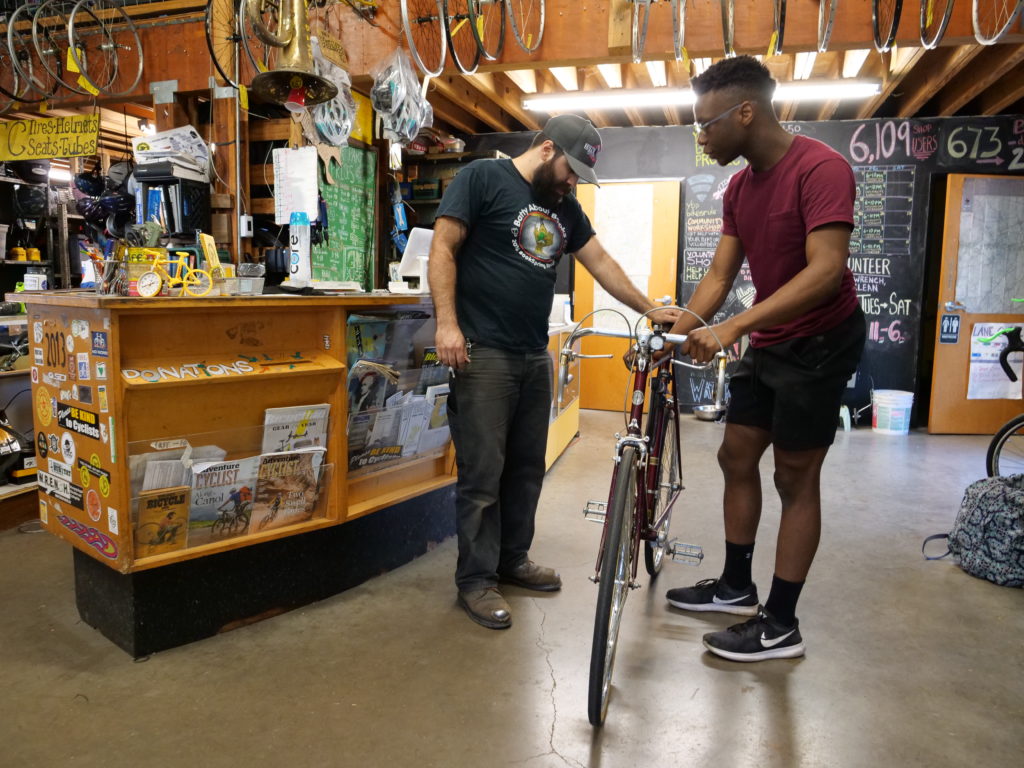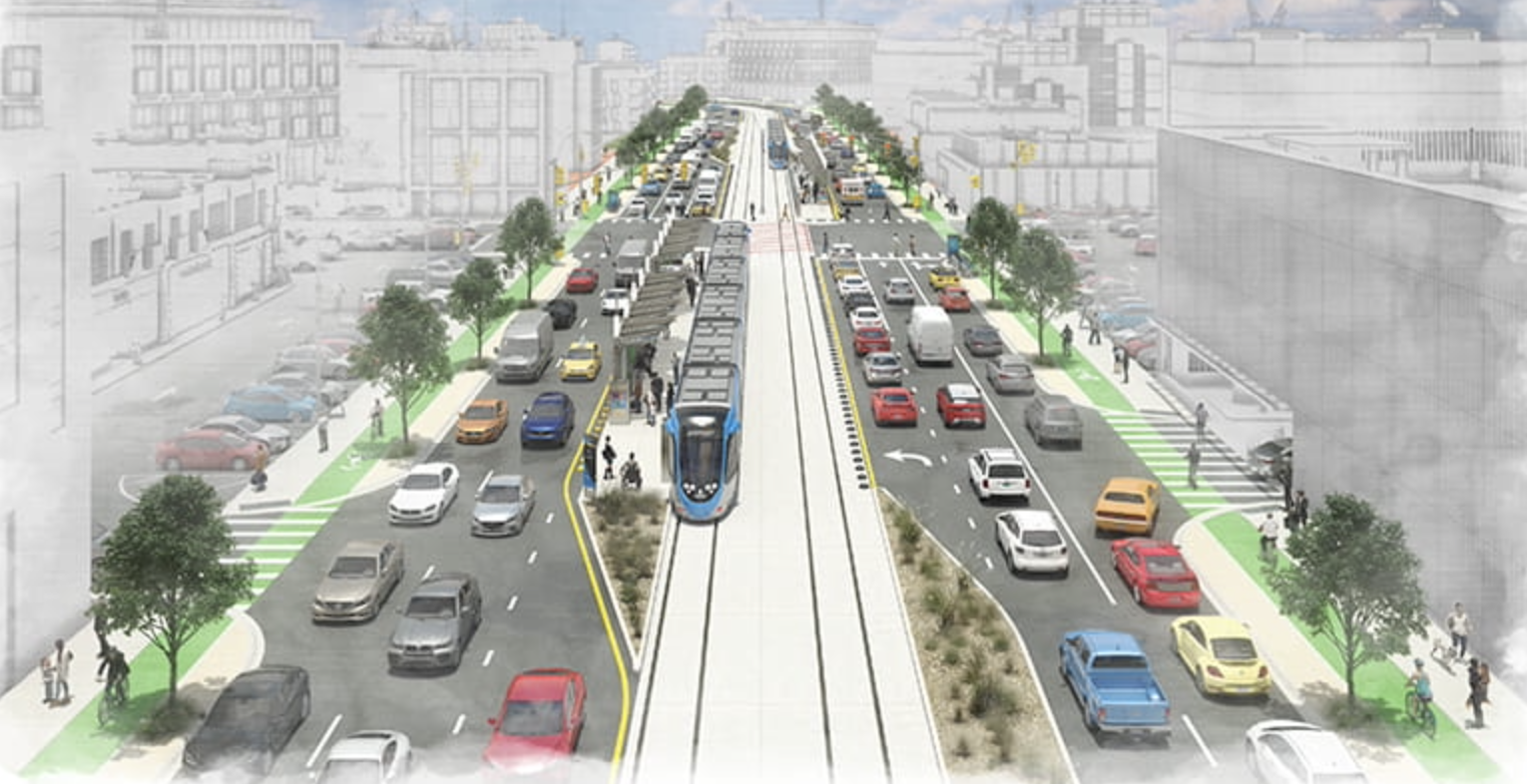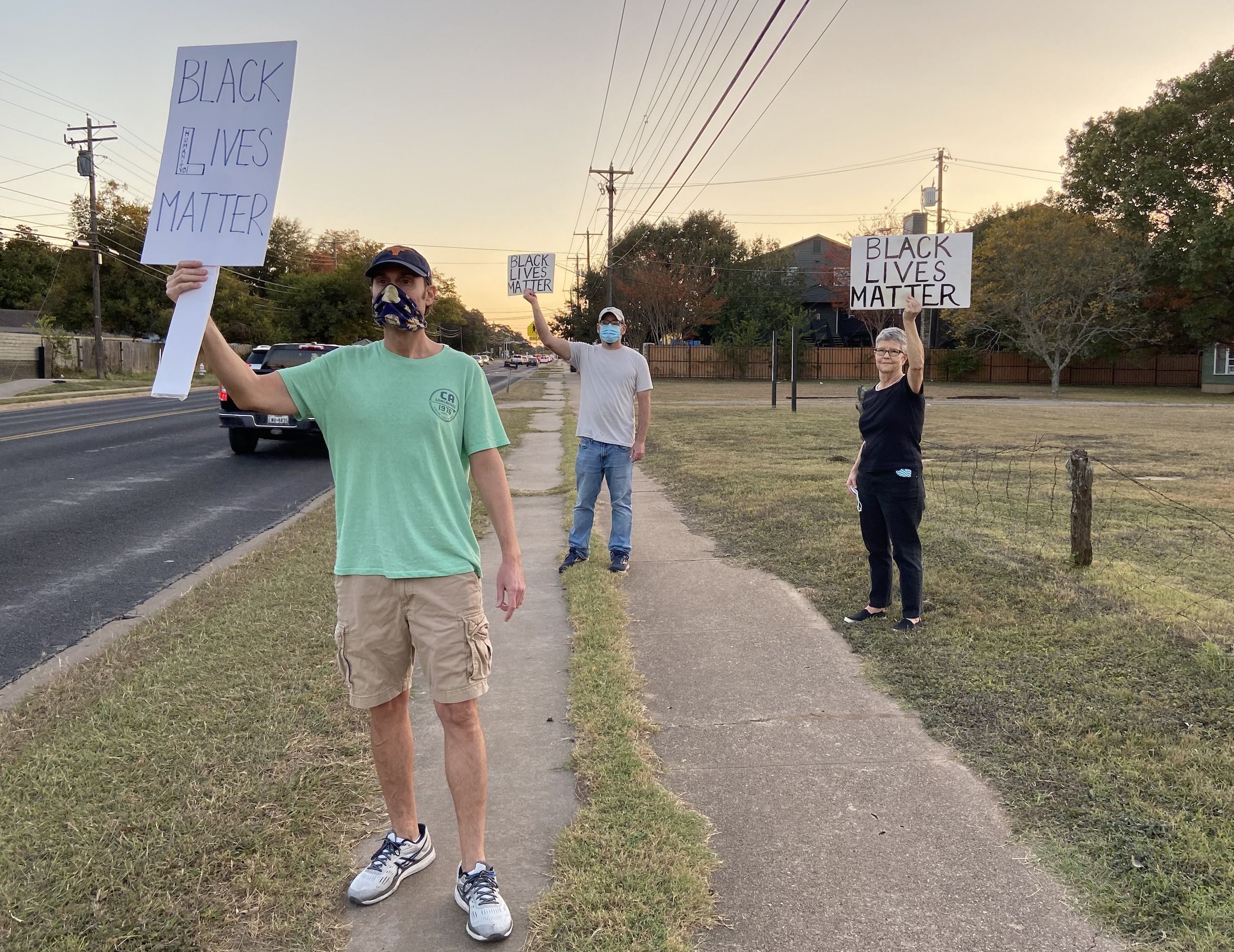(By ANTONIO CUETO)
It started as a garage project in 1997. The idea was to release fixed-up yellow bicycles around town for anyone who needed free and convenient transportation.
Twenty-two years later, Austin’s Yellow Bike Project has evolved into a story of success that has earned the non-profit organization its iconic place in the city’s celebrated culture.
An old warehouse building on the corner of Webberville Road and 12th stands tall, surrounded by rows and trailers filled with bicycles of all sizes and colors. The building, which belongs to Austin Energy, has housed the Yellow Bike Project since 2008 under a 50 year free lease from the City of Austin with a 100 year option; the first community bike shop in the United States to have a permanent home.
The Yellow Bike Project is a 501c(3) non-profit organization with a simple yet ambitious mission: to get people on bikes in Austin. Their approach to the task has evolved throughout the years, which is what has allowed them to succeed according to shop mechanic Mike Conti.
“Our adaptability is what has kept us going over the years,” Conti said. “When we first began, the idea was to fix old bikes and paint them yellow to put them on the streets. Now our focus has shifted to teaching people how to fix and build their own bikes.”
Austin’s Yellow Bike Project was run entirely by volunteers until paid staff were added in 2013 to work during their retail hours. Today, volunteer coordinators run a collective that presides over the community shop. The collective holds meetings every first Tuesday of the month that are open to the public. Each meeting’s agenda is available online in the organization’s website and anyone is invited to speak during the public input portion.

(ACC Star photo by Antonio Cueto)
“We have a pretty unusual structure,” Conti said. “At the Collective Meetings, volunteer coordinators figure out what the work schedule is going to be for the month, budgeting decisions, who will coordinate the open workshops, and all the other big decisions.
“We have no distinct hierarchy or structure. It can be a big challenge, but part of being so involved as a collective member is one of the most rewarding experiences. We build leadership skills as well as soft skills on how to deal with conflicting ideas. If we had a board president or boss, it would be lost.”
Most of the funds that allow the organization to keep running come from sales made during retail hours, which are Tuesday to Saturday from 11 a.m. to 6 p.m. Here, customers can buy anything bike related: repair kits, new and used parts, wheel replacements, repurposed bicycles, and Yellow Bike Shop merchandise. During this time, shop mechanics attend customers and rebuild bikes that are later available for purchase.
The backbone of the operation, however, is the open workshops held three times a week with a schedule that rotates every three months. Workshops are three to four hours long. Customers can come in to work on their own bikes with the help of a volunteer coordinator.
Volunteers can come in during this time to participate in the Earn-a-Bike program, where they are taught by a volunteer coordinator how to fix each component of a bicycle on bikes that are later donated. When a volunteer has successfully gone through all the steps, they are given the opportunity to build a bike for themselves out of donated parts.
“When I first got to Austin, I didn’t know anything about bikes,” said Richard Najera, a regular volunteer.
Najera is a team member for this year’s Texas 4000, a University of Texas student organization that bikes more than 4,000 miles every summer to Alaska as a way to raise funds and awareness for cancer victims. Najera has been volunteering at the Yellow Bike Project for more than a year. He is currently building a bicycle for his younger brother through the Earn-a-Bike program.

(ACC Star photo by Antonio Cueto)
“Every time I come back there is something new to learn,” Najera said. “I now have knowledge that I can share with my team members when we’re on the road.”
The bicycles that are built by volunteers are then given away through collaborations with other non-profits or through individual donations. Past collaborators include Caritas of Austin, Refugee Services of Texas, and the Austin Independent School District. In 2018 alone they donated 673 bikes, and successfully recycled 25,450 pounds of scrap metal.
The countless used parts and old bicycles ready to be repaired come primarily from individual donations made to the shop. In the past, however, they have gotten over 100 bikes donated from residents of Georgetown who collected them. Occasionally, large donations are made from the Bicycle Sport Shop buy-back program, and impound drop-offs from local police.
“When I hear the phrase community bike shop, I take it to heart,” Conti said. “A lot of people are intimidated the first time they come here, expecting a “cool bike guy” vibe. We put a lot of effort to make it an inviting place; we operate almost like a public library where you get people from all walks of life.”
A successful effort in which they keep their all-inclusive promise is through their “W.T.F.” workshop (an acronym for women/trans/femme). These are held twice a month like the regular open workshops, but operated fully by female mechanics and open only for women, trans-people, and non-cisgender people.

(ACC Star photo by Antonio Cueto)
“One of the things that kept me around here was how open it has always been,” said volunteer coordinator and collective member Les Case. “Everyone has always known that I had either a husband or a boyfriend. It has never been an issue with anyone.”
Case has been a volunteer coordinator since 2007. He first encountered the Yellow Bike Project through a posted notice at the REI on Lamar that read “come and learn about bike maintenance.” His curiosity quickly grew toward commitment.
“I knew nothing about bicycles when I started,” Case said. “What I know I picked it up as a volunteer. I think a good quality to have as a volunteer coordinator is to recognize when to say you don’t know something. Bike technology changes constantly.”
The Yellow Bike Project boasts with pride the high numbers of returning volunteers. Last year they had 6,109 shop users during their open workshops. Most of the volunteer coordinators and workers have been there for over five years.
“For me, coming to the Yellow Bike Project was the first time that I realized I can fix things on my own,” Conti said with a spark of joy in his eyes. “I hope that everybody feels a sense of freedom and empowerment from the knowledge they can gain.”
Austin’s Yellow Bike Project is always looking for new volunteers and volunteer coordinator apprentices. You can find more information about the organization here.


